The answer is: yes, it can be profitable to invest in watches. But there are some things you should know. The first thing is: what do you consider profitable? Bringing your money to a bank is pretty safe. And you will get some interest as well. But profitable nowadays? Not really. And the only pleasure you will have, is looking at your bank statement.
If you play roulette the risk of losing your money is extremely high. However, if you win, the pay-out is high as well. Profitable? Yes. And some find it enjoyable too. But your chances are about 2.7%. Basic economics: there is a correlation between risk and profitability. Knowing that, let’s look at the investment possibilities.
Invest in watches that are new
If you want to make a profit on a new watch your chances are low. Only new models that are difficult to get and everybody wants to buy might give you some profit. If you are lucky enough to get your hands on one as early as possible. Which mainly works with new Patek Philippe and Rolex models.
Rolex for instance only delivers one or two pieces of a new model to your local, official Rolex dealer somewhere in the first two to six months after launch. Again, you need to be lucky to get one first. And then find yourself an impatient potential buyer. Plus, it works best if you sell an unworn watch. So what’s your pleasure, apart from a little profit?
If you want to invest in watches that are new, go for a (very) limited edition from Patek or Rolex and be patient. For at least five to ten years. Almost all other limited editions from any brand are marketing-based. Yes, it’s cool to have a 1-out-of-500 but it doesn’t really affect the value. Unless it’s a unique piece. Like this exceptional Vacheron Constantin for example. Or extremely complicated models like the other two below. We’ll get to that later.
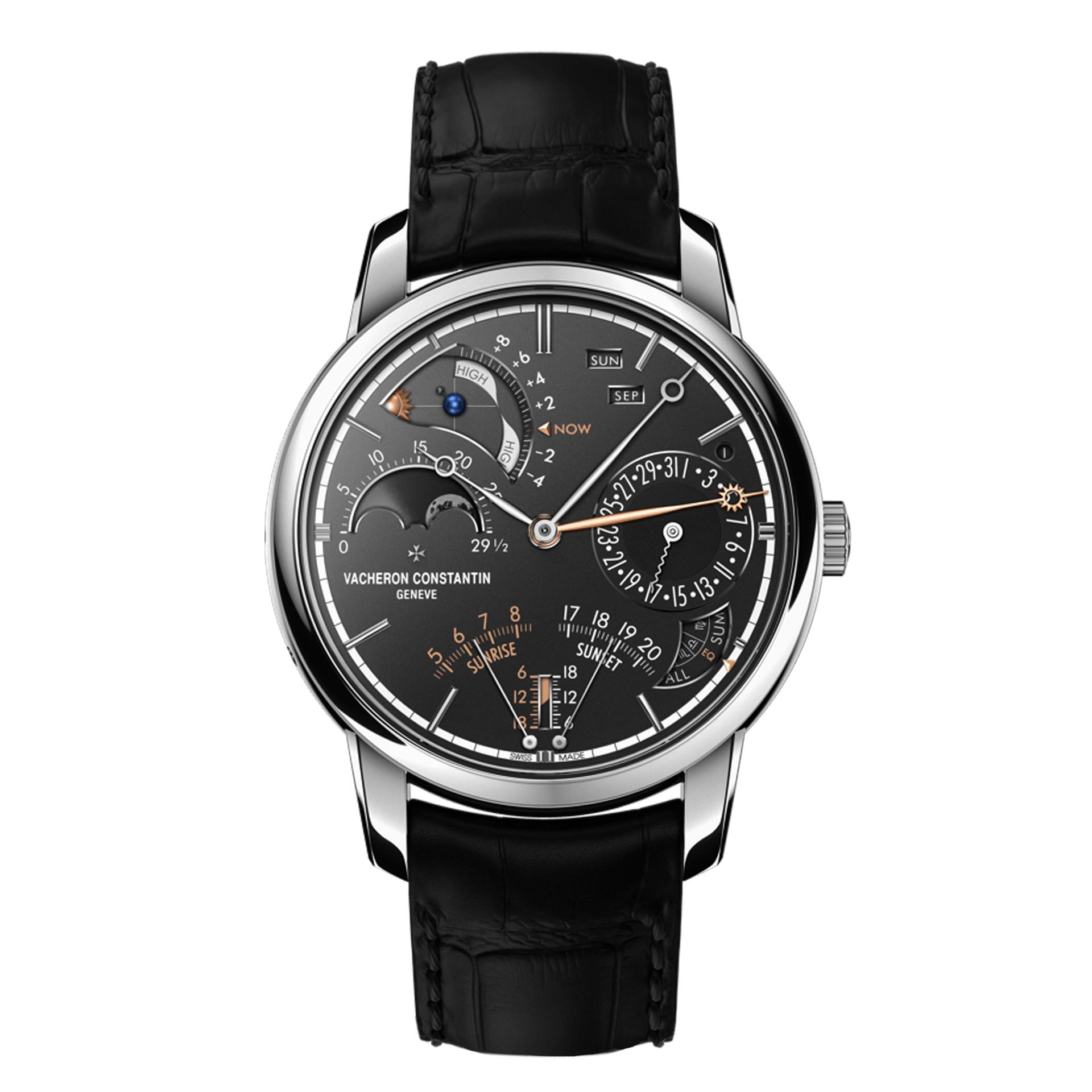
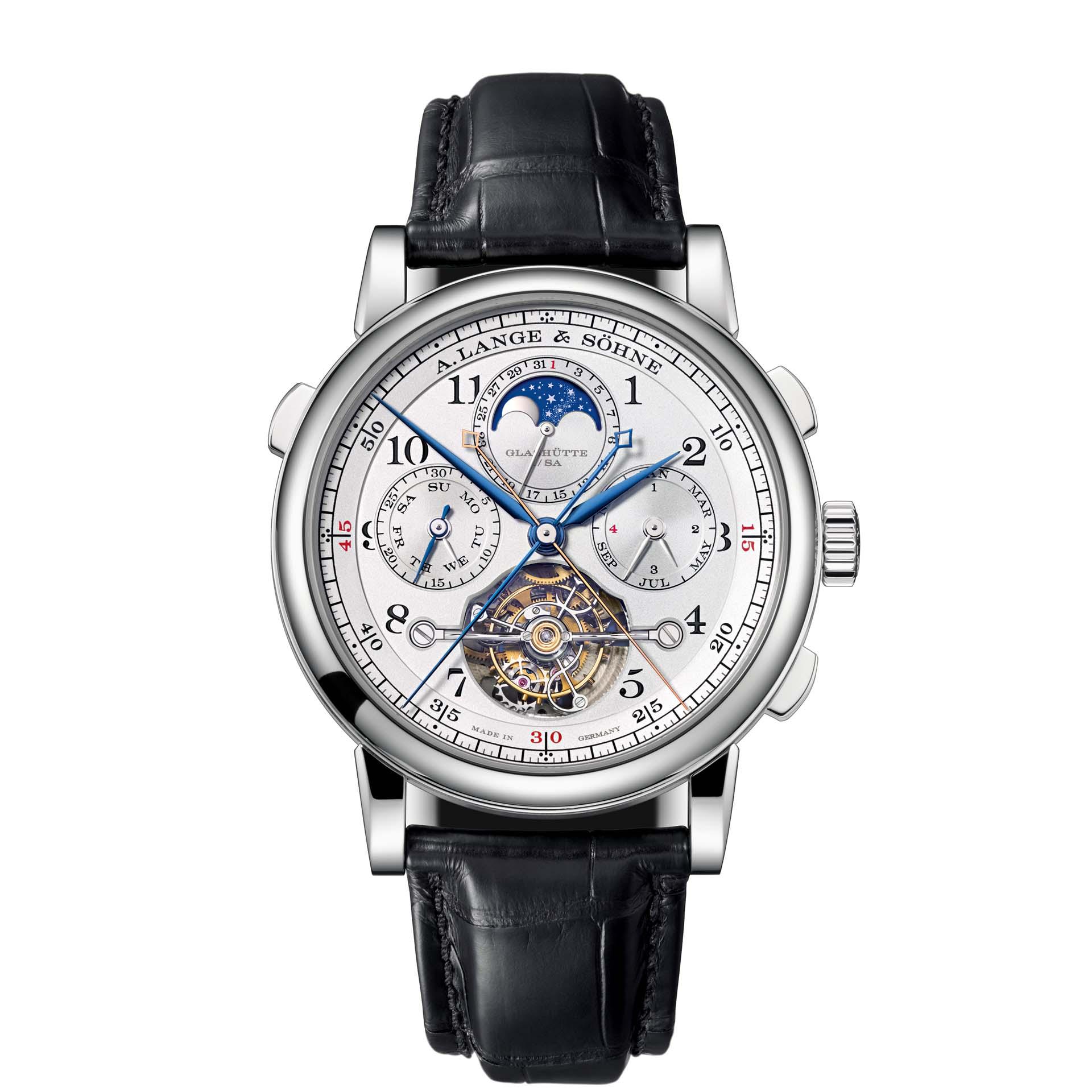
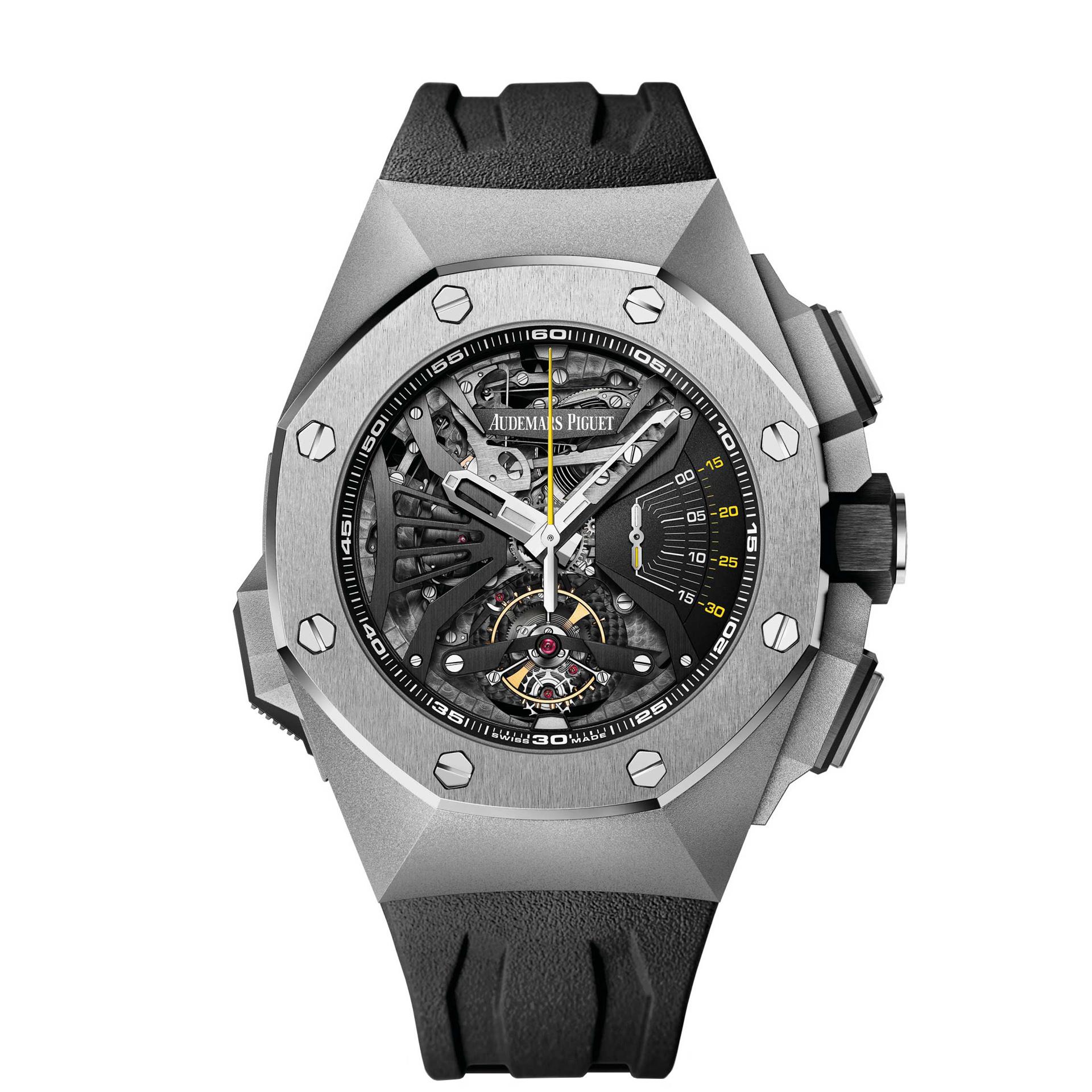
Invest in watches that are used, vintage or antique
When we say ‘used’ we mean watches that are younger than 30 years. Vintage is the period between the 1950s and 1980s. The period between the 1930s and 1940s is called art deco, which is more style based and not used very often. Antique are watches before the 1930s. More or less. If you want to buy a vintage watch, read this article, a short guide with 8 tips.
Here your chances are a bit higher. At first, you can study the prices at all the marketplaces on the internet. If you notice that the prices of a certain used model are quite stable, or even maybe raise a little over the years, your risk decreases. You can buy one, enjoy it for a few years and then sell it, hopefully with some profit. The backside of this is, it will mostly work with a Patek or Rolex. It is possible with other brands as well, but the interest from your bank will be higher over the years.
Save you go for something really special. The Rolex Bao Dai for example, is the one of most expensive Rolex’s ever. But it is not even in the list of most expensive watches in the world. It did 5,060,715 US dollars at an auction in May 2017. Only in 2002 it was sold for 235,000 US dollars. Quite profitable. But let’s be honest, if you invest in watches this won’t happen to you very often.
Still, if you have a nose for upcoming ‘special occasions’ it might be interesting to invest in watches. You might buy them new and wait. We give you three examples to illustrate this. In no way, it is meant to encourage you to invest.
Examples of possible good investments
The first is Only Watch. This is an auction to raise money to fight Duchenne Muscular Dystrophy. Almost 50 renowned watch brands, including Patek Philippe, donate a new and unique watch to be auctioned. If you can get your hands on one of those pieces, you will have a one-off that might be worth more than you paid for it. And it’s not only about $100,000+ watches. Besides that, you support a good cause too. Read it all in our article about Only Watch 2017.
A second example is the launch of a new model that could affect the prices of its predecessors. For instance, when TAG Heuer revived the Autavia, more people might have been interested in the original Heuer model. Or in its more recent predecessors. Sometimes it is a very short peak, but it is worth to keep an eye on it.
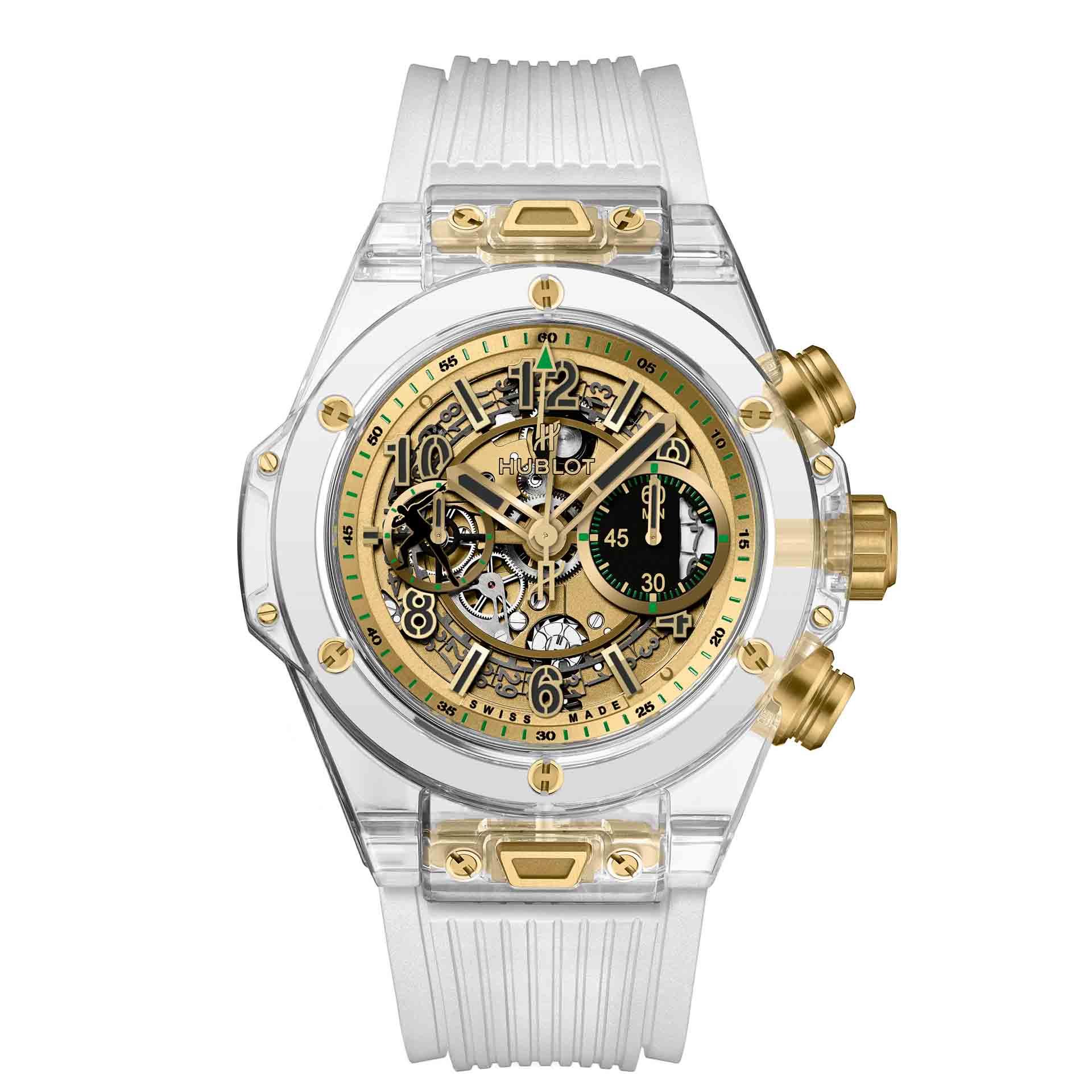
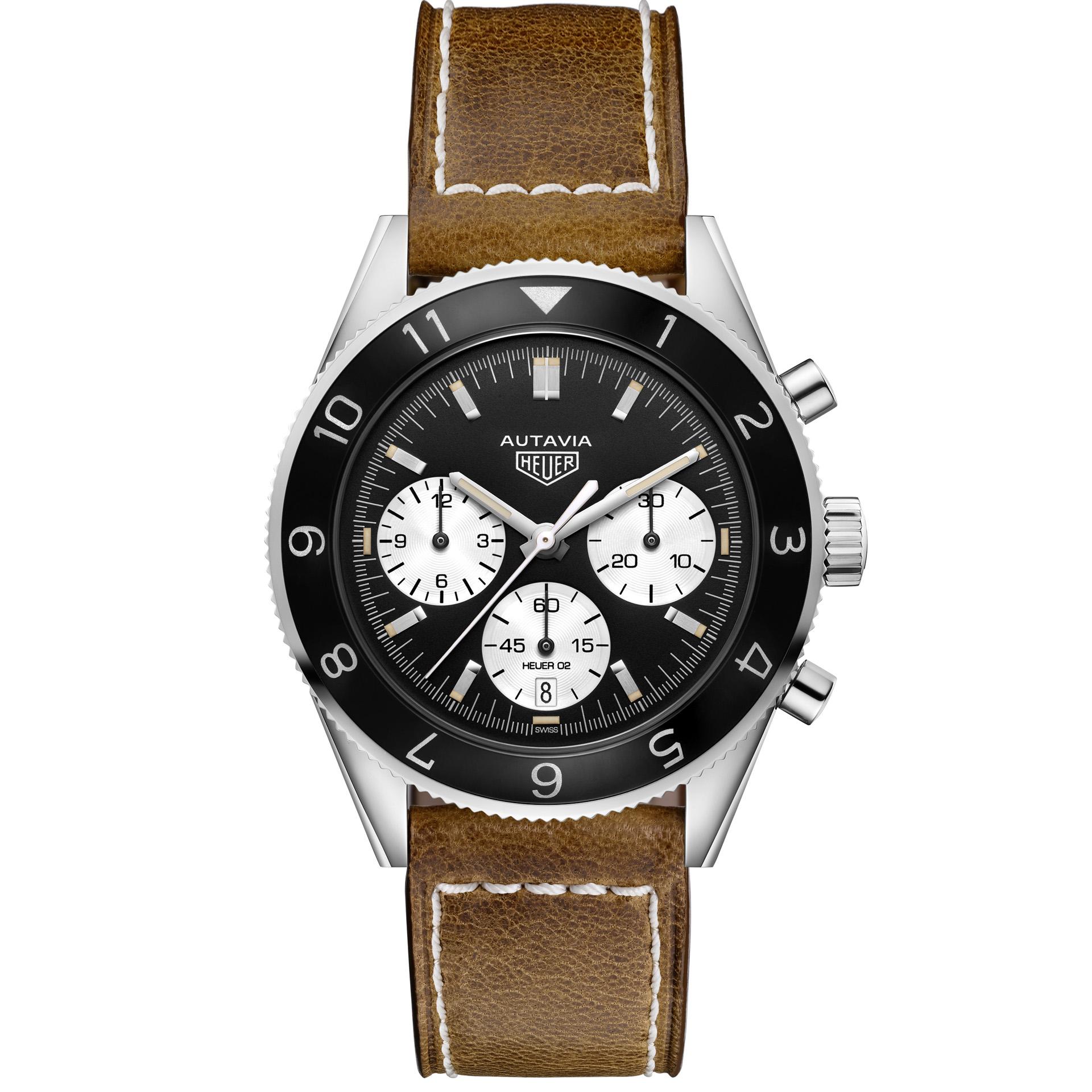
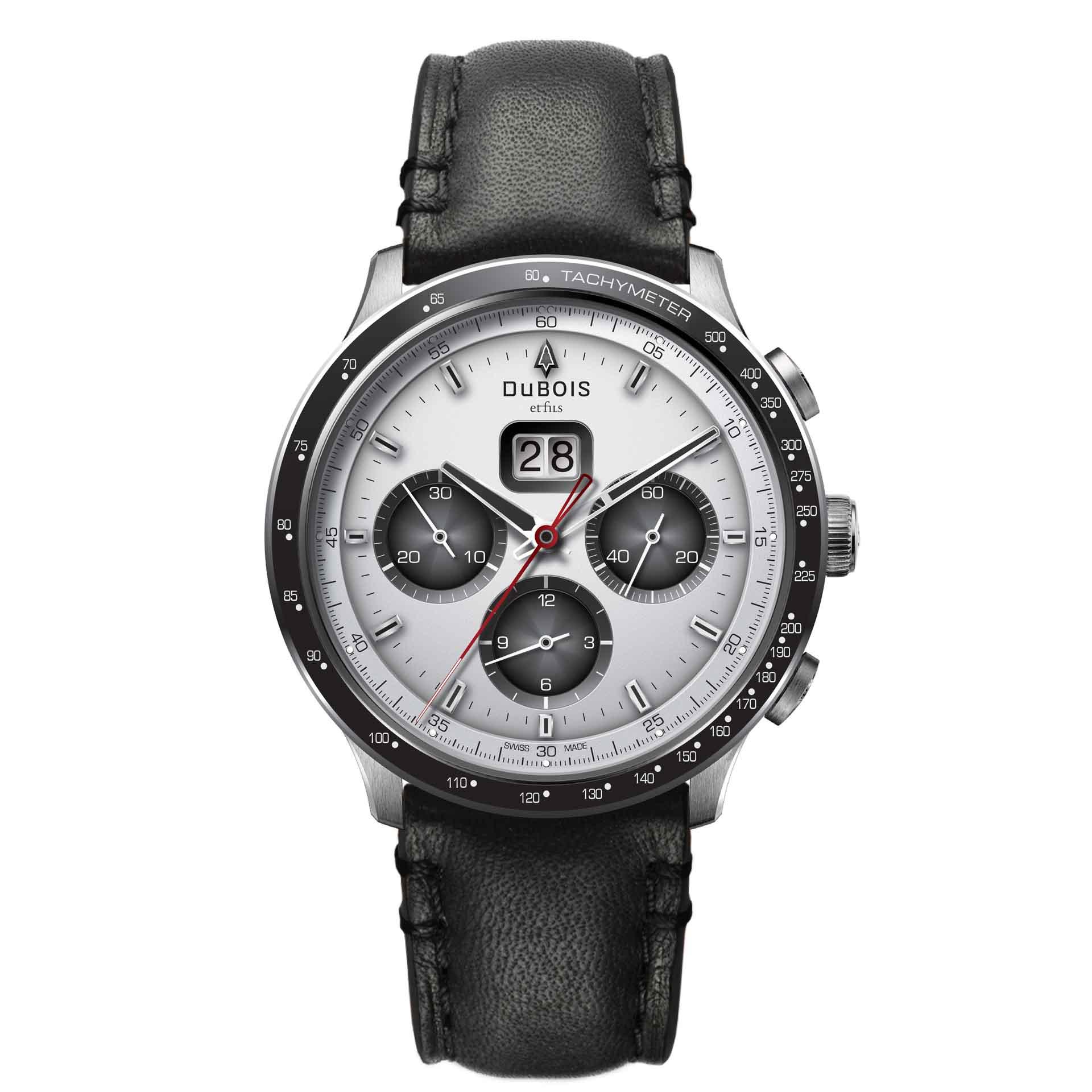
The third example is more wishful thinking. It is no secret that the Swiss brand DuBois et Fils (est. 1751) might be able to launch a new collection with vintage movements. How cool would it be to have a new watch with an unused, refurbished Swiss mechanical movement from the 1960s or 1970s? A Minerva perhaps, Unitas, Valjoux, you name it. If DuBois can realize this, it might give the brand an enormous boost. That might raise the worth of the company, good if you have shares of them. And perhaps collectors will start searching for old or even recent DuBois models if the brand is more on their radar. So, if you buy a couple of old or recent pieces from DuBois now, you might make some profit in the near future. But only if, if and if…
By the way, Favre-Leuba (est. 1737) was boosted too, although not with a similar story, but some of their sixties models still sell under 100 dollars on eBay. And some of their vintage chronographs can do 5k as well.
Mostly, it comes down to the story behind the model, the history of the brand and the heritage of the brand. It’s obvious that brands like Jaeger LeCoultre, IWC, Audemars Piguet, Breguet, Vacheron Constantin and many more on this list have some models that can be a secure investment. But most of them aren’t. Then there are dozens of brands that do not exist anymore but people are still looking for their models. In general: the more complications an old watch has (chronograph, calendar, alarm, repeater), the better the value. Just hours and minutes won’t do very much – unless it is, again, a Patek or Rolex.
Marriage watches
A marriage watch has nothing to do with a wedding. It is a hybrid watch made from two or more other watches. Think about an old case with a newer movement. Or an old movement in a new case. No matter what the marriage between two or more watches or parts of it is, it’s not original. However, the results can be very creative.
If you have a nice watch with an unrepairable movement it can be the final option to preserve at least something of your beloved piece. Our advice is to look out for an identical watch that’s damaged too and try to create one fine working piece. At least one that stays as close as possible to the original. Is buying marriage watches a good investment? Not at all.
Converted pocket watches
The first wristwatches are from the late 1880s. Girard-Perregaux is seen as the first company to produce wristwatches in series (for the German military in the 1880s). Before that period wearing a watch around your wrist wasn’t something men should do. Women did, in a way that they wore a watch as a bracelet. However, when the wristwatch became fashionable, there weren’t enough wristwatches for men.
For that reason, and possible budgetary reasons, people started to convert their pocket watches into wristwatches. Therefor you can find a lot of wristwatches from the early 1900s up to the 1930s with diameters from 38 to 56 millimeters and even more. Fashionable sizes nowadays. These are mostly converted pocket watches. Some are converted by specialists and look very good, others seem to be converted with a hammer.
Investing in converted pocket watches is less risky but won’t be profitable. On the other hand, it shouldn’t withhold you when you find a piece you like.


Alternative view
If you buy the watch of your dreams, new, and it is, let’s say, an IWC Portugieser Chronograph for 7,000 dollars, and you carefully store the box and papers, you might be able to sell it for 4,000 after six years. When it’s very carefully worn and looks like new. Depreciation: 500 per year. Which means, wearing the watch of your dreams costs you nearly 42 dollars a month. For some, that could be interesting. And it’s also a form of investing.
Conclusion
The conclusion is: just buy a watch you really like. For the model, the colors, the heritage, the techniques, one from your birthyear. And keep in mind you will never get rich if you invest in watches.
Sure, you can make huge profits on buying and selling a rare Patek Phillipe or Rolex, but if you can buy them you are already rich. And still, you need to be patient for years, not to say decades, to make serious money out of your watch. You can buy smart though, but still it won’t make you rich.
Moreover, the loss when you invest in watches can be worth the pleasure of wearing it.
